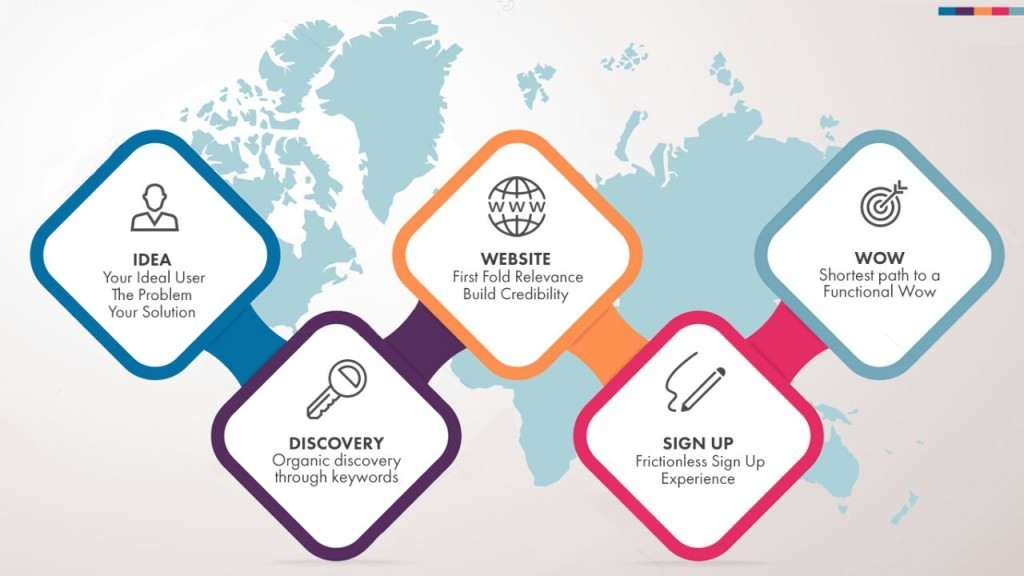(Our petition against India’s late payment culture can be found here)
The Late Payment Problem
We’re going to keep this short. Now that 97% of Indian SMBs were reportedly paid late in 2015, the late payment culture in our business environment has gotten out of hand.
Today, India officially carries the longest average payment delays in the Asia Pacific for B2B SMB invoices, 51% of which are always paid late.
The system currently in place is flawed, and heavily skewed in favor of the largest buyers on the market. The judicial system is over-burdened. It consequently delivers justice far too late to save businesses whose money is trapped in clients’ accounts.
What’s more is that the entire idea of justice by law in business is a debunked protection. Smaller businesses almost never take non-paying clients to court because they fear losing out on future contracts. They would rather suffer through the impact of being paid 90 to 120 days late, while their salaries go unpaid or they miss out on larger opportunities to thrive.
This isn’t guesswork either. Not only has this been verified to us in our hundreds of interactions with Indian CFOs and CEOs, but a commission established to study the impact of the EU directive against late payment found that 60% of European small businesses never even consider a legal battle as an option because they don’t want to spoil working relationships.
And why would hard-working Indian businesses, which prefer compromising to build strong working relationships with clients, be any different?
Our Motivation
As supporters of the business reforms espoused by our esteemed Prime Minister, Shri Narendra Modi, we believe that unorthodox action begets change. And yet, the late payment protections for businesses in India have stagnated in the same state for the last twenty years.
The last committee set up in 2014-15 to study further updates required on the MSMED Act – which provides these legal protections to SMBs – did not even consider the necessity for better options. This was despite the comprehensive database of studies measuring the horrendous effects of late payments on the Indian business environment.
Instead, they directly skipped over the issue of late payment protections, and jumped to the question of “How can we provide more access to loans for these companies?” And all we ask is, why? While access to credit is vital for businesses in any growth economy, late payment is the root of significant troubles in the world. It causes bankruptcy and unemployment, and increases barriers to survival in the business world. It also has a significant impact on inflation since businesses up and down the supply chain mark up prices to survive late payments from their clients.
As a single factor, trade credit is indispensable because it allows companies to keep running operations even during temporary working capital shortfalls. But when it extends to the point where clients refuse to pay their suppliers intentionally, as was the case with 38% of Indian SMBs paid late last year, it needs to be addressed.
A late payment culture which forces sellers and suppliers to simply accept it as an unaddressable pain is the equivalent of a cancerous tumor. It creates chaos, and no one can entirely predict which sections of the body it will hit next if left unchecked.
And this tumor isn’t very difficult to target either. Rather that It’s grown this large from a lack of trying than a lack of successful solutions. While we sit and attempt to convince you of the horrific effects of this problem, the UK government has now passed legislation mandating all large companies to release the details of their payment practices twice a year.
This means that SMBs and startups dealing with larger companies will now be able to check beforehand what the average payment term for their prospective client actually is even before signing them on.
Singlehandedly, this increased visibility has become the best prospective protection against large businesses which exploit their financial influence on their supply chain. Now, with the reputation of their leadership on the line, larger companies have lesser incentive to hoard cash while not paying suppliers.
Even though this may not be immediately possible in India’s current business and political environment, our motivation is to bring about similar unorthodox solutions to protect the average Indian business.
What We Want
What we want is simple – for you to sign the petition, and support us by sharing it among your professional and personal circles. This is no longer a problem which affects business alone, but is also a big contributor to why life in India is getting significantly more expensive year on year.
Next, we want the government to approve another sitting committee which will accept input and feedback from the private sector for meaningful practical solutions rather than laws which look good on paper.
Instead of adding more courts alone, which will be overwhelmed just as soon by India’s burgeoning case burdens, we are pushing for the establishment of a first line of defense. We want for policy to allow for out-of-court protections which can be enforced in straightforward non-payment cases, thus clearing the line in courts for more complicated business disputes.
To this end, as some of the most prolific activists pushing for more awareness of the phenomenon of late payment in India, Hummingbill intends to release a policy white-paper for the Indian government as well in the coming month.
Keep an eye on this space for more updates on this exciting journey. Now that we can depend on your support, click here to read and sign the petition.
But, before you leave, what policy recommendations would you put forth from experience, which could help fight the late payment culture in India? Leave your answers in the comments section below.










